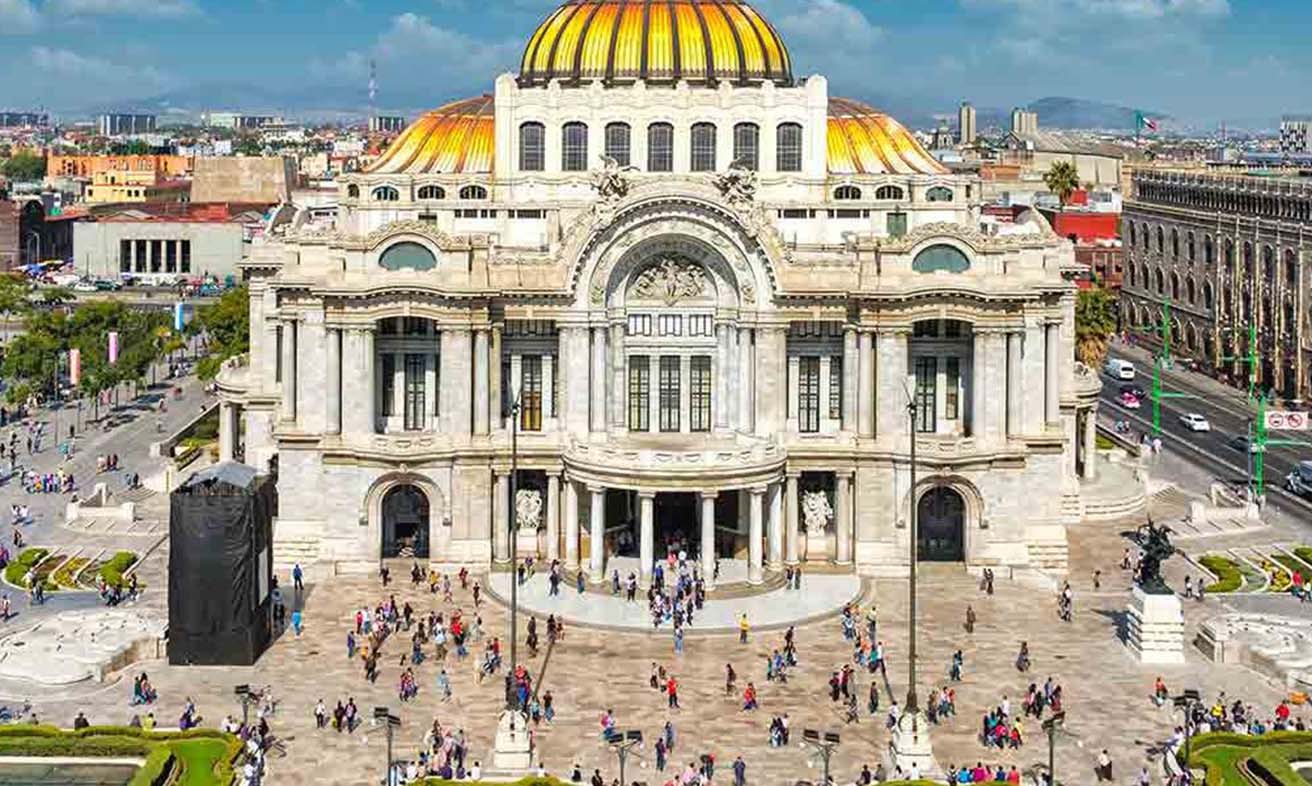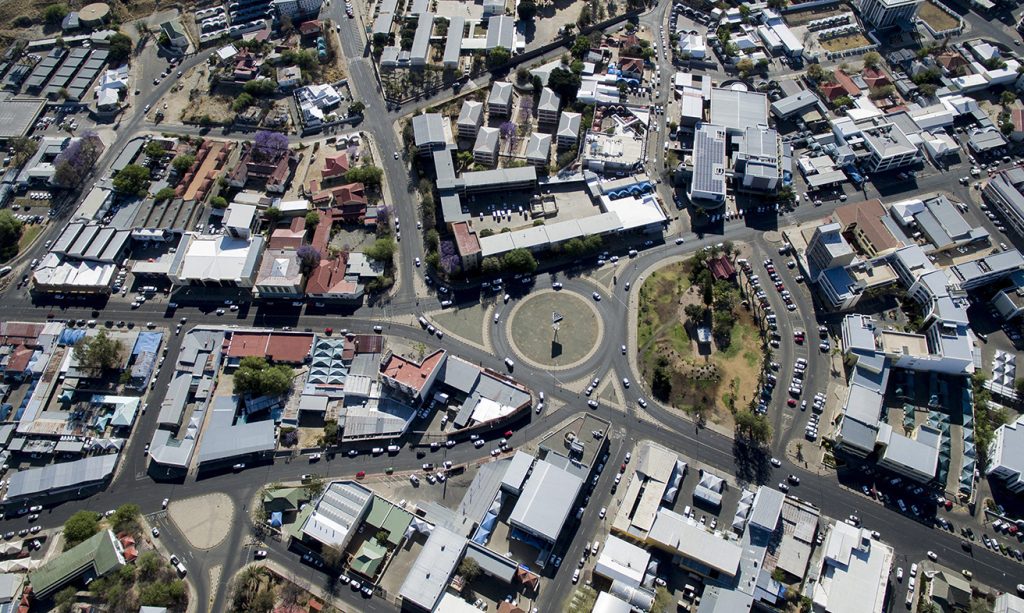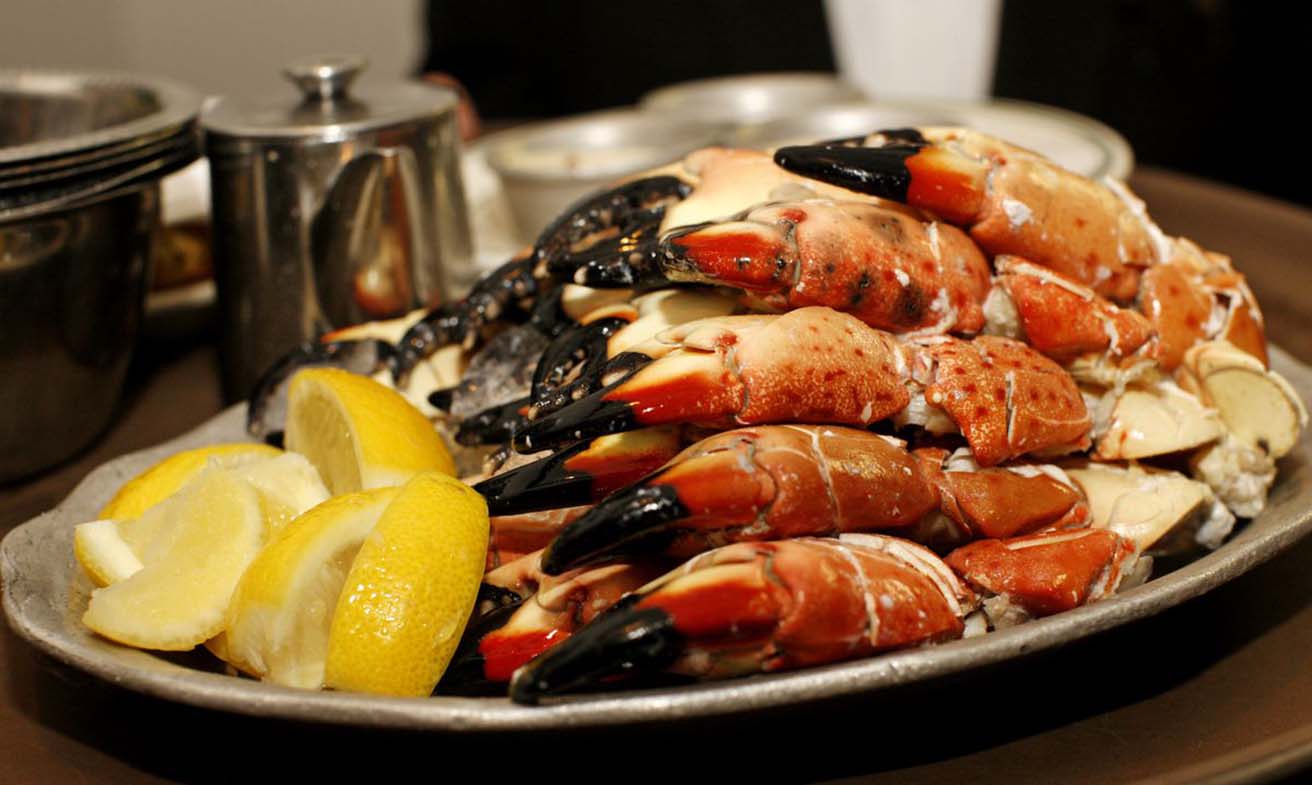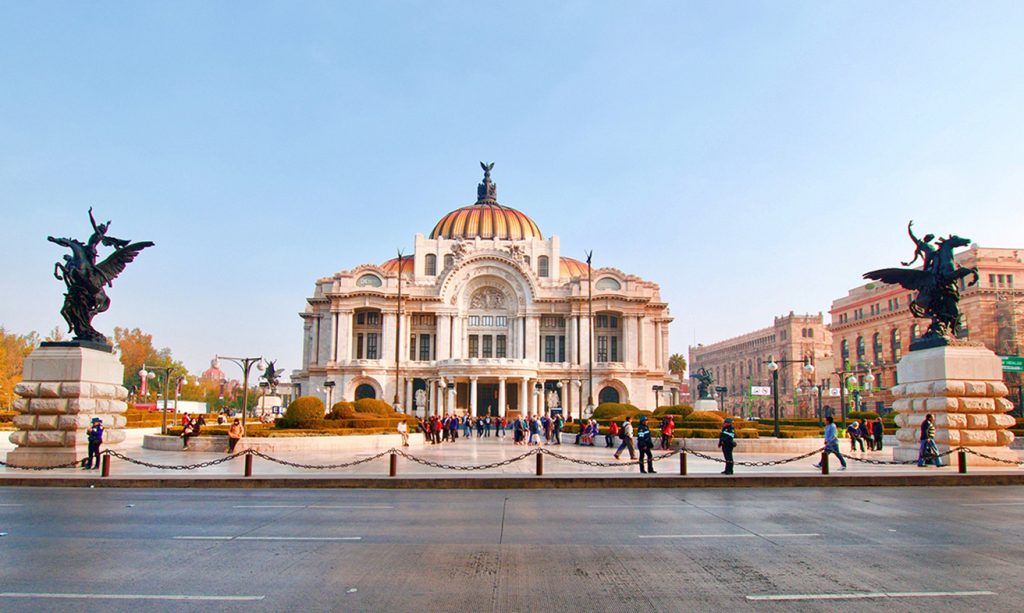Mexico City, one of the largest and most vibrant cities in the world, is a place where history, culture, and modernity blend seamlessly. From ancient ruins to cutting-edge museums, I was amazed by the endless things to see and do here. In this guide, I’ll share my firsthand experience of visiting Mexico City’s top attractions, offering you a detailed look at what you simply can’t miss when you’re in this captivating city.
1. The Zócalo – Mexico City’s Heart and Soul
When I first stepped into the Zócalo, Mexico City’s main square, I was immediately overwhelmed by its size and historical significance. Officially known as Plaza de la Constitución, this enormous square has been the center of public life in Mexico for centuries. Surrounding it are key landmarks such as the National Palace and the Metropolitan Cathedral, each offering a glimpse into the city’s rich past.
The Metropolitan Cathedral, one of the largest and oldest cathedrals in the Americas, was my first stop. As I walked in, I was greeted by towering columns, detailed baroque architecture, and peaceful chapels. The cathedral also provides an incredible view of the Zócalo from its bell towers if you decide to climb up, which I did – definitely worth the effort!
Next, I wandered over to the National Palace, the official residence of the President of Mexico. Its most famous feature is the stunning murals painted by Diego Rivera that depict the complex and often violent history of Mexico. The vivid colors and intricate details of these murals made me feel as though I was witnessing history come to life.
If you’re visiting during Dia de los Muertos (Day of the Dead), the Zócalo becomes a vibrant center of celebrations, with massive altars, parades, and music filling the square. I happened to visit in late October, and the entire area was transformed into a colorful tribute to Mexico’s unique approach to honoring the dead.
2. Teotihuacan – The City of the Gods
A trip to Mexico City wouldn’t be complete without visiting Teotihuacan, an ancient Mesoamerican city located just an hour’s drive from the city center. Known for its Pyramid of the Sun and Pyramid of the Moon, Teotihuacan was once one of the most powerful cities in the world.
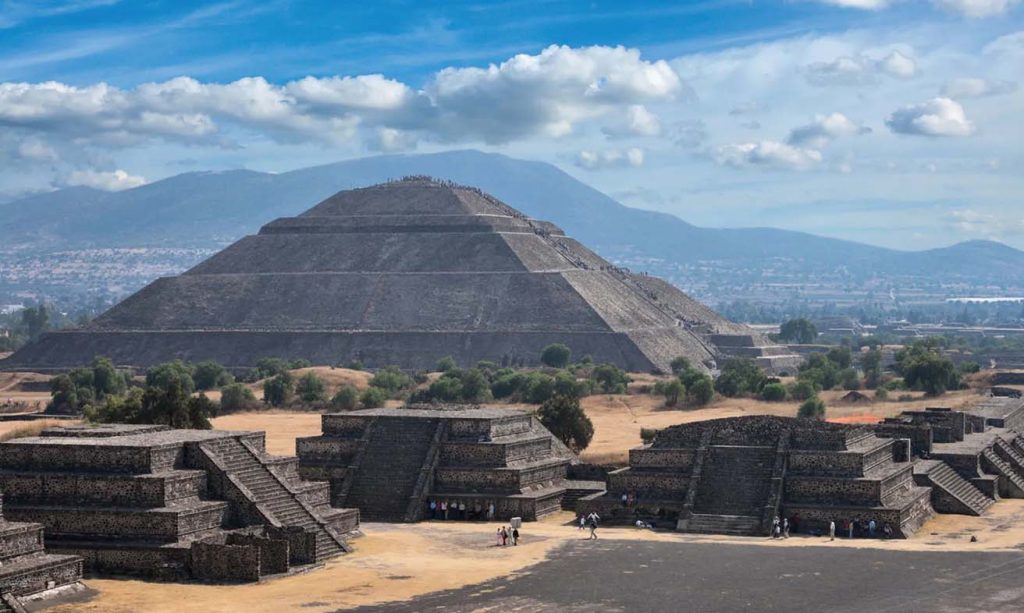
I arrived early in the morning to avoid the crowds and was greeted by the sight of the massive Pyramid of the Sun rising out of the horizon. Climbing the pyramid was challenging, but the view from the top was breathtaking. From there, I could see the full expanse of the Avenue of the Dead and the surrounding ruins. It’s hard to put into words the sense of awe I felt standing on top of a structure that’s over 2,000 years old.
The Pyramid of the Moon, though smaller, offers an equally impressive view, especially of the Quetzalcoatl Temple with its intricate carvings and serpent motifs. As I walked along the Avenue of the Dead, I couldn’t help but imagine what life must have been like in this once-thriving city.
To make the most of your visit, I recommend hiring a guide or joining a tour group. They provide fascinating insights into the history, culture, and mysteries of Teotihuacan that you might otherwise miss. Also, don’t forget to wear comfortable shoes and bring water – the climb and exploration can be exhausting!
3. Chapultepec Park and Chapultepec Castle
Chapultepec Park, one of the largest city parks in the world, is Mexico City’s green oasis and a must-visit destination. I spent an entire day here, starting with a visit to Chapultepec Castle, perched atop a hill with commanding views of the city below.
The castle itself is a masterpiece of neoclassical architecture and has served various purposes throughout history, from a military academy to a royal residence. Today, it houses the National Museum of History, where I got to explore Mexico’s past through beautifully curated exhibits. As I walked through the castle’s halls and gardens, I could imagine the opulence and grandeur of its royal occupants, particularly during the time of Emperor Maximilian I.
After the castle, I wandered through the park, which is not only massive but also home to several key attractions like the National Museum of Anthropology, the Modern Art Museum, and a zoo. The National Museum of Anthropology was a particular highlight for me – its collection of pre-Columbian artifacts, including the famous Aztec Sun Stone, is unparalleled.
The park is a great place to relax after a day of sightseeing. I found a quiet spot near the lake to rest, and it was the perfect way to end the day.
4. Frida Kahlo Museum – Casa Azul
As an art lover, visiting the Frida Kahlo Museum, also known as the Blue House, was one of the most emotional experiences of my trip. Located in the vibrant neighborhood of Coyoacán, this was the home where the famous Mexican artist lived and created some of her most iconic works.
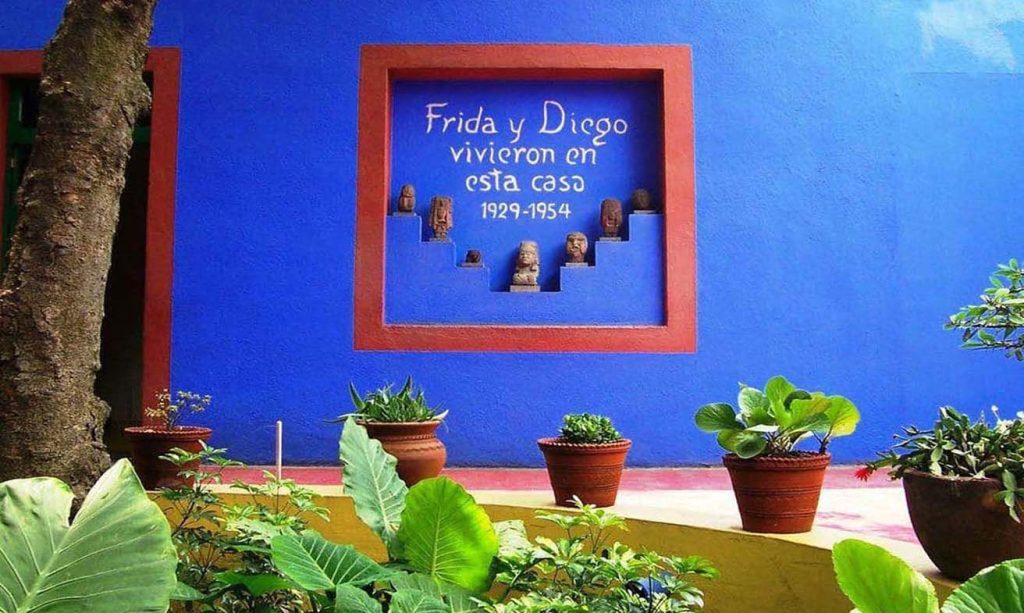
Walking through her house gave me a profound sense of connection to her life and her art. The rooms have been preserved just as they were when Frida lived there, and the walls are filled with her paintings, personal belongings, and artifacts that reflect her unique style and spirit.
What struck me the most was the courtyard, filled with vibrant greenery and surrounded by walls painted in Frida’s favorite shade of cobalt blue. It felt like stepping into one of her paintings. Afterward, I took some time to explore Coyoacán itself, which is full of lively markets, colorful buildings, and quaint streets perfect for an afternoon stroll.
5. Xochimilco – The Floating Gardens
Another unforgettable experience in Mexico City was my visit to Xochimilco, famous for its trajineras (brightly painted boats) that float along a network of canals. Often referred to as the “Venice of Mexico,” this UNESCO World Heritage Site is a remnant of the ancient waterways that once connected the cities of the Valley of Mexico.
I rented a trajinera for the afternoon, and as we floated along the canals, we passed by floating mariachi bands, food vendors selling elotes (Mexican street corn), and families celebrating birthdays and special occasions. The festive atmosphere was contagious, and I couldn’t help but join in the celebrations with other passengers.
It’s a great idea to pack a picnic or buy food from the floating vendors. I ended up enjoying some of the best tamales and quesadillas I had in Mexico City while floating down the canal. If you’re in a group, the more festive, the better – Xochimilco is all about fun and relaxation.
6. Palacio de Bellas Artes
For a dose of art and culture, I recommend visiting the Palacio de Bellas Artes, one of Mexico City’s most stunning buildings. The exterior, with its art nouveau architecture and orange dome, is a showstopper, but the interior is even more impressive. The palace hosts performances ranging from opera to traditional Mexican dances, and the mural by Diego Rivera – “Man at the Crossroads” – is a must-see.
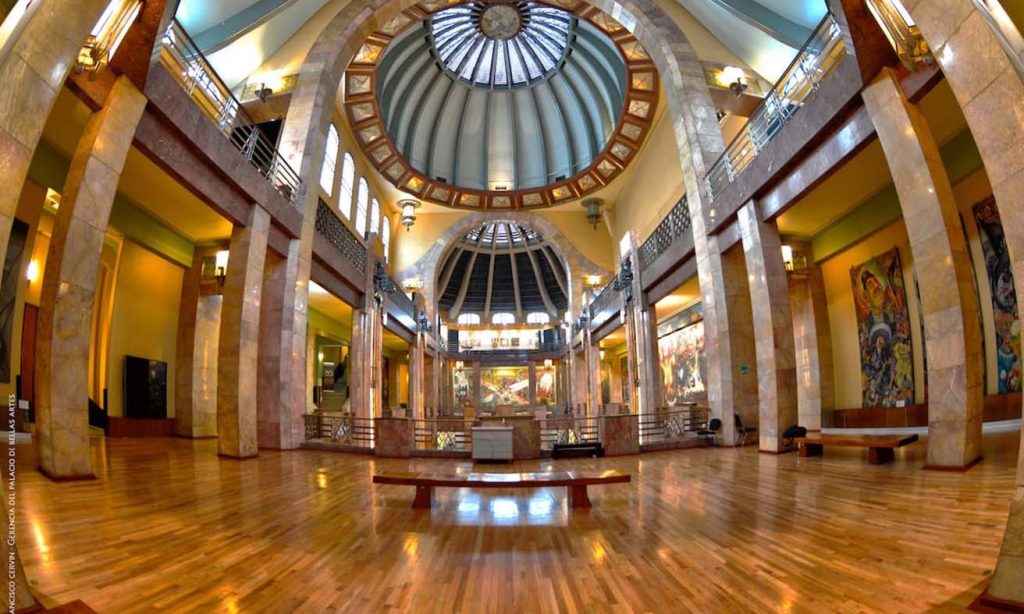
I had the chance to watch a Folkloric Ballet performance here, and it was mesmerizing. The show featured traditional Mexican dances from various regions, complete with colorful costumes and live music. The atmosphere was electric, and the venue added an extra layer of grandeur to the performance.
Mexico City is a place of endless discovery. Whether you’re interested in history, art, food, or simply soaking in the vibrant energy of the city, there’s something here for everyone. My time in Mexico City was filled with unforgettable experiences, and I hope this guide helps you plan your own adventure to this incredible destination.
